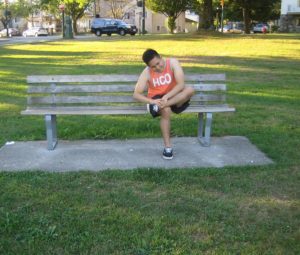Cellulitis is a condition that causes development of infection on the skin caused by a wound or injury and exposure to certain bacterial strains. Streptococcus and staphylococcus are the usual strains responsible. It is characterized by warm red and itchy rash and fever. It usually happens in the lower legs and shins.
If left untreated is causes complication such as bone infection, sepsis, lymphangitis or meningitis.
Risk factors
- Condition of the skin such as chicken pox, shingles, eczema and patches of very dry skin.
- Diabetes, kidney disease and HIV/AIDS
- Lymphedema or persistent arms or legs swelling
- Obesity
- Past history of cellulitis
Symptoms of cellulitis
- Pain, tenderness or soreness on the affected area
- A red, itchy and warm rash that spreads and swell. The skin appears tight and stretched.
- Chills, fatigue and fever when the infections becomes severe
- Development of blisters
- Skin dimpling
- Red spots
Treatment

- Wash the affected area using regular body soap and water, rinse. Wrap the area using a damp cloth to lessen the pain and stop the spread of infection. Continue washing the wound every day until it is totally healed.
- Cover the wound using a bandage to prevent further irritations and for fast healing of the condition. Change bandage every day. Wash hands properly before and after touching the wound to prevent transferring bacteria to another wound in the body. If the wound is deep and large, use sterile gauze to cover it.
- Apply hot or cold compress on the affected area for at least 10-15 minutes, 2-3 times every day. Hot compress lessens the pain and cold compress lessen the inflammations and the pain.
- Prescribed pain medications to lessen the pain and the swelling.
- Prescribed antibiotics to eliminate the infection and lessen the symptoms.
- Prescribed injection of antibiotics or intravenous for fast elimination of infections for severe cellulitis or the infection has spread deeper into the body.
- Elevate the affected area above the level of the heart for proper flow of blood in the area and lessen the pain. Raise the area in couple of pillows to keep it elevated when lying down.
- Apply moisturizers on the skin to prevent flaking and lessen the risk of an open wound.
- Drink plenty of fluids at least 6-8 glasses every to keep the body well hydrated.
